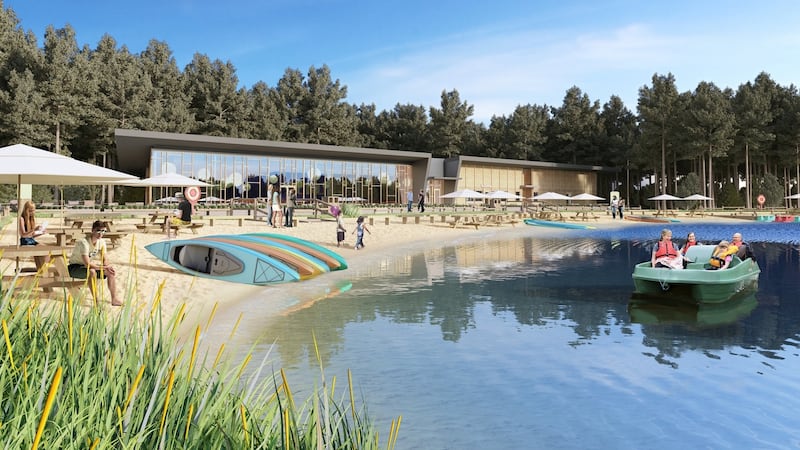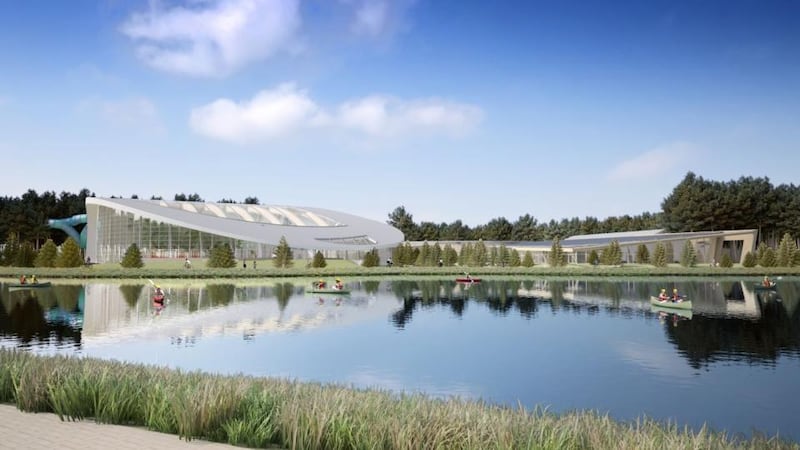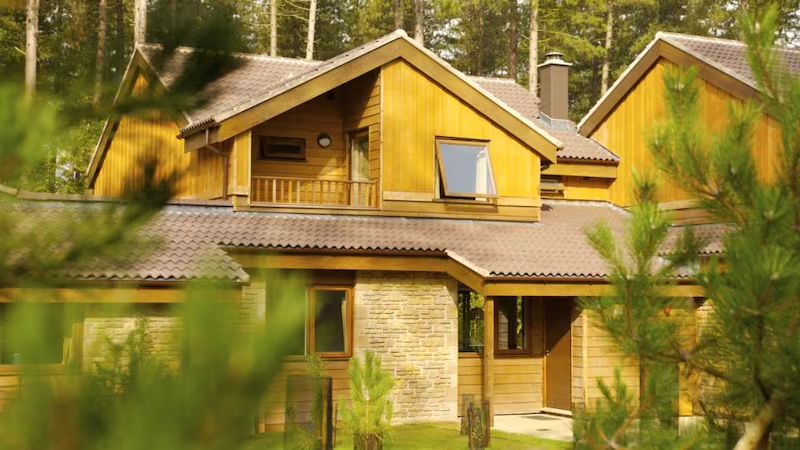With last week’s appointment of Dublin agency Chemistry to devise the creative elements of its advertising, the full team is now in place to create the biggest tourism campaign Longford has ever seen.
Well not Longford, exactly. The campaign will be squarely focused on the county’s new Center Parcs family resort.
Core’s Starcom has been appointed media buyer for the holiday village, while Teneo PSG is to handle consumer PR and social media, and Murray is handling the corporate element of the PR strategy.
The Longford resort is under construction and is expected to open in July 2019.
Set on a 395-acre site in Ballymahon, the development will have 466 self-catering lodges, with every amenity a holidaying family might need within the grounds, including several restaurants, food and clothing shops and a spa. The Center Parcs pricing model includes free admission to outdoor play areas and the brand’s signature (weather-proof) feature – the “subtropical swimming paradise” – a vast indoor swimming pool with slides and water rides.
After that, visitors can pack their schedule with a huge range of outdoor and indoor activities, from archery to zip wire, paid for as extras.
Having carried out extensive market research here in the past few months, Colin Whaley, Center Parcs sales and marketing director, is clear on the communication challenge.

In Britain, Center Parcs has five locations and is a well-known 30-year-old brand, and consumers know how the holiday offer works. Its current TV campaign – “The forest is your playground” – features a family (mum and dad, a boy and a girl) racing joyfully through the sun-dappled forest while whimsical creatures emerge to play along. It’s a detail-free mood ad designed to press feel-good buttons around families spending quality time together.
Awareness
Center Parcs Longford Forest will, according to Whaley, need more overt explanation. It is, he says, “an Irish Center Parcs for the Irish market”, and the research found a lack of awareness of the brand – which is understandable – and a degree of cluelessness as to the location of Longford.
There was a little bit of a black hole in the middle of the country from a branding point of view
When it comes to Longford as a holiday destination for Irish visitors, the midlands county is at the bottom of the league table.
Its current County Tourism Strategy (to run until 2022) quotes Fáilte Ireland figures from 2013, which noted that, of 772,000 tourists who visited the midlands, only 22,000 made it to Longford. Fáilte Ireland figures for 2016, counting Longford and Roscommon together, show a bottom-of-the-table home visitor spend of €17 million. For some context, neighbouring Cavan-Leitrim pulled in twice that amount.
The overall picture that emerges from the official tourism statistics is that Irish people mostly stick to the coasts for their holidays – briskly moving through the midlands to get there.
It the context of these numbers, a new tourism offering with a capacity to house about 2,500 people in a single night shows the scale of the Center Parcs challenge.

Even Paul Kelly, chief executive of Fáilte Ireland, speaking about midlands tourism, has said: “There was a little bit of a black hole in the middle of the country from a branding point of view.”
But that’s Longford problem. The Center Parcs campaign will mostly be about the brand and what it has to offer. Other-worldly, non-geographic strategies are common to holiday village marketing – and I write as someone who spent a happy two days in Legoland Windsor and couldn’t locate it on a map of the UK, didn’t spend a penny outside the theme park and didn’t visit the castle.
The research also showed differences between the Irish and British markets, especially in relation to food and family units.
Peer-to-peer recommendation has proven highly successful for the brand in Britain, so social media will be key in the Irish content
According to Whaley, Irish consumers are far more interested in food provenance than their British counterparts. That will influence the suppliers chosen – coffee chain Java Republic has won the contract to supply the resort’s cafes and bars).
And Irish consumers were more likely to talk in terms of extended family when describing their family unit.
Short-break staycation
Although the phenomenon of family short-break staycations, especially during school midterms and holidays, has been well-established and driven by the hotel sector, it is less of a feature in the self-catering market.

The Center Parcs model is built on short self-catering breaks – either Friday to Monday or Monday to Friday – and crucially booked all-year round. Prices at Longford will change and adapt to market demands, says Whaley, probably starting at “around €400”.
The advertising campaign will kick off after Christmas, on all media. Peer-to-peer recommendation has proven highly successful for the brand in Britain, so social media will be key in the Irish content, or as Whaley puts it “recommendations coming from Irish voices”. Soft messaging has already begun, including travel journalists being invited to UK Center Parcs with their families.
Chemistry, whose clients include Lidl, Bórd na Móna and Danone, was chosen after a four-way creative pitch. This was reduced from an initial list of 12 Irish creative agencies, with six invited for what Whaley describes as “chemistry meetings” to see how everyone would get on. Four agencies were then invited for full creative pitches.
Chemistry, which is headed by founding managing director Ray Sheerin, will work with Center Parcs beyond the pitch campaign.
Whaley won’t reveal the marketing spend for the launch, and, when asked about the target number of visitors for Longford’s first year, will only say “we’re looking for a lot of people through”.









